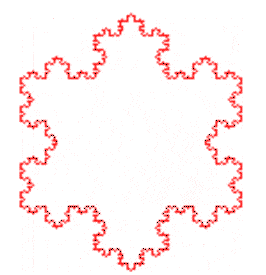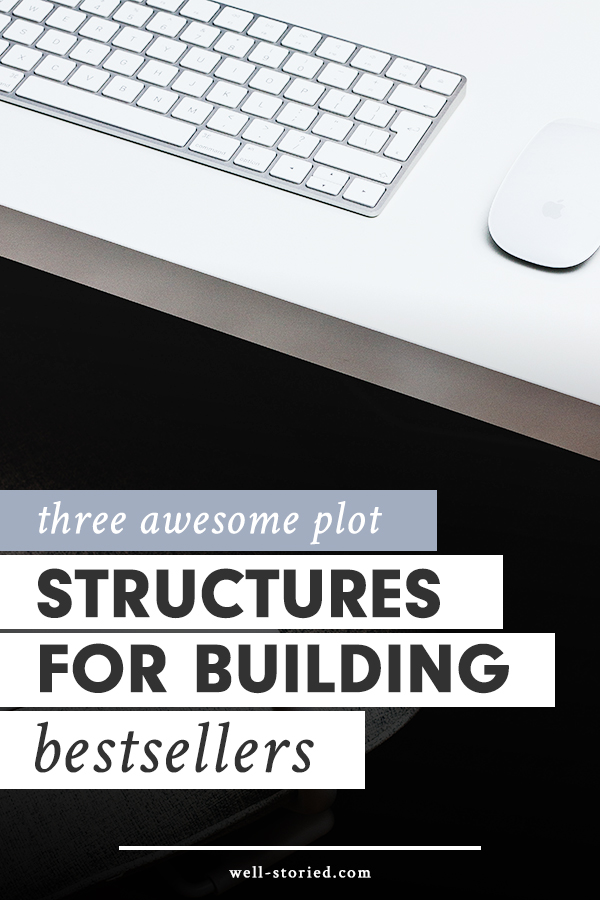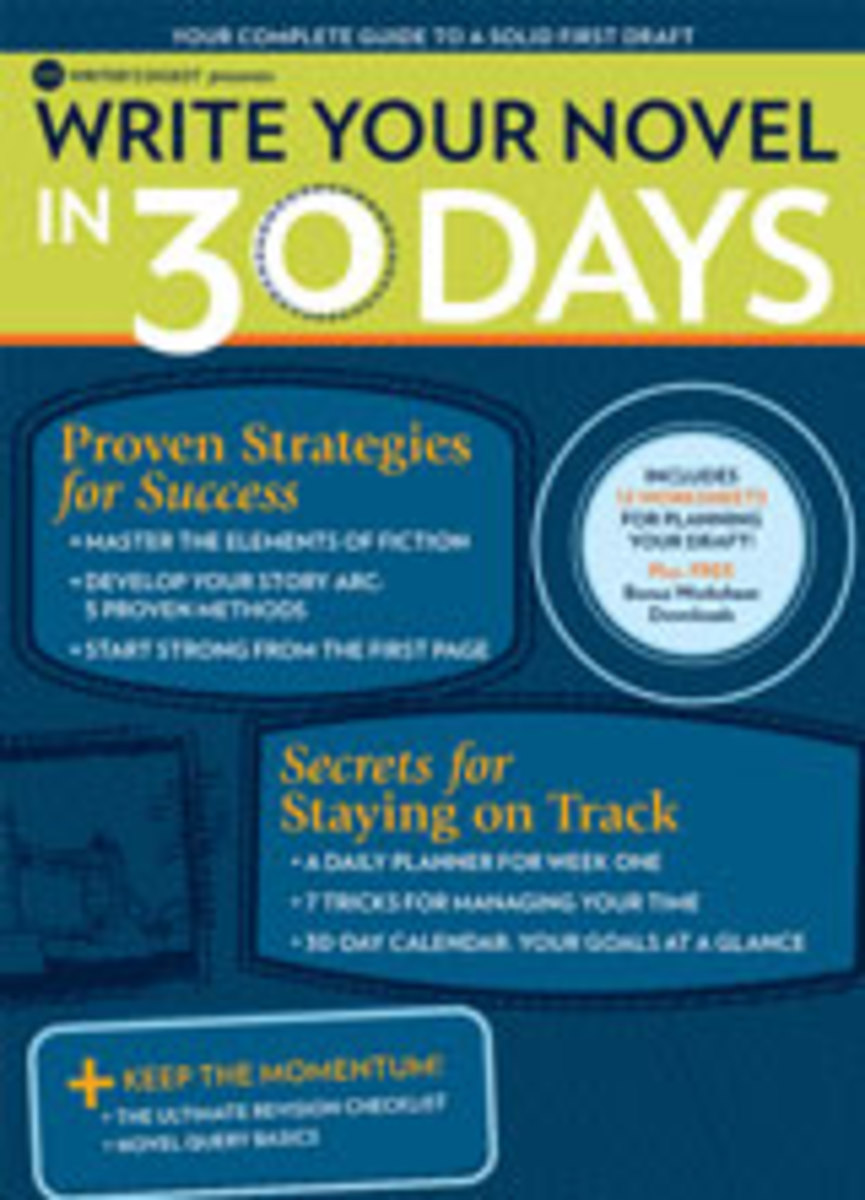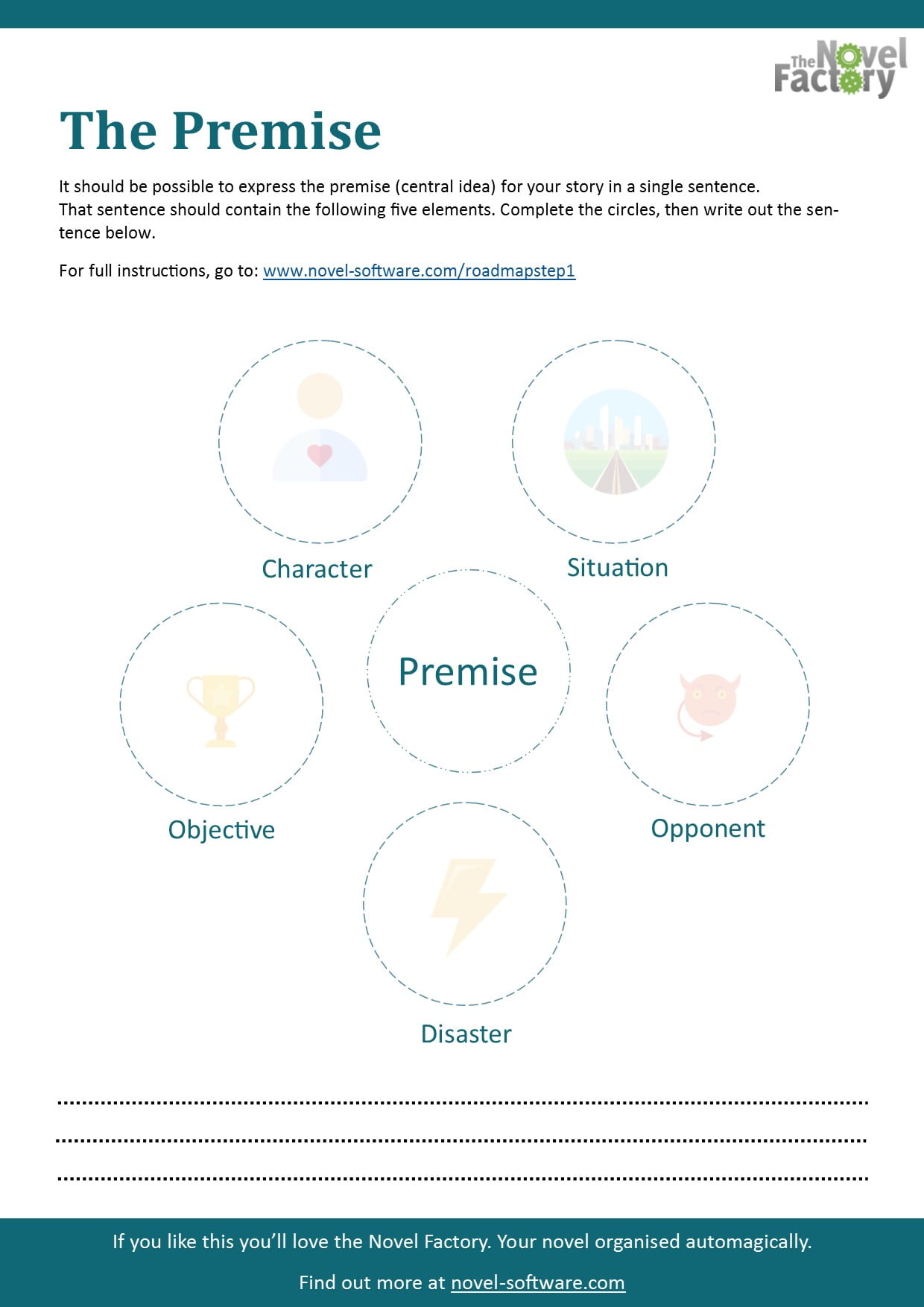Clockworkbot
Well-Known Member
- Joined
- Nov 5, 2015
- Messages
- 52
Hi all,
Is anyone aware of any really good systems for outlining a novel, either online or anywhere in print? I'm in the middle of it at the moment but am struggling to find the right framework/level of detail to make sure I set things out in a robust way that won't crumble under their own contradictions once I start writing...
Much obliged!
Is anyone aware of any really good systems for outlining a novel, either online or anywhere in print? I'm in the middle of it at the moment but am struggling to find the right framework/level of detail to make sure I set things out in a robust way that won't crumble under their own contradictions once I start writing...
Much obliged!







